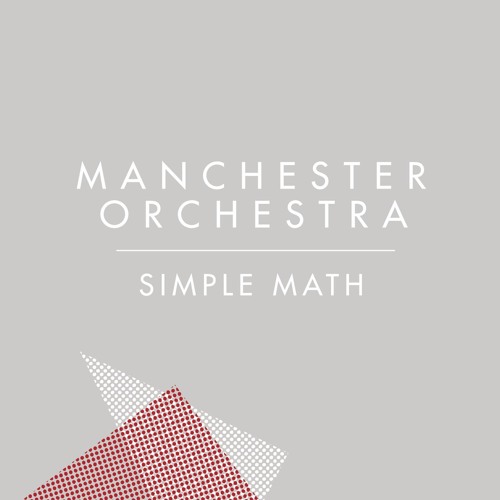

You'll learn how to calculate the slope of a line, how to put equations into point-slope form, and how to calculate the x- and y-intercepts of a line using slope-intercept form. In algebra, you'll really get into graphic equations. Once you have exponents down, you can learn to add, subtract, multiply and divide polynomial expressions. This may also include working with scientific notation. When you start solving equations with polynomials (expressions containing both numbers and variables), you'll have to understand how to use exponents. You can also use algebra to figure out how long you'll have to travel based on the speed of your car. For example, you'll use algebra to figure out the interest rate that you earn on your bank account or on your investments. You'll be surprised how many everyday problems that you'll face in your future involve the ability to solve algebraic word problems. You'll learn how to solve these problems not only on paper, but sometimes on a calculator as well. Solve linear equations and inequalities that contain 1-2 variables.In your first year of algebra, you will learn about the basic symbols involved in algebra. These will include concepts like solving simple equations containing variables, learning about properties like the distributive property, graphing simple equations and solving inequalities.Īdvance to Algebra I. In pre-algebra, your introduction to statistics mostly includes visuals like graphs, scatter plots, stem-and-leaf plots and histograms. You'll also learn concepts like area, perimeter, volume and surface area, as well as information about parallel and perpendicular lines and angles. You'll learn all of the shapes as well as 3D concepts. You'll also be able to work with equations containing square roots. When you've mastered this topic, you'll have perfect squares of many numbers memorized. These concepts will help you to learn about making comparisons. Study ratios, proportions and percentages.Regarding decimals, you'll understand place value, and you'll be able to use decimals in word problems. Regarding fractions, you'll learn how to reduce fractions and interpret mixed numbers. You'll learn to add, subtract, multiply and divide both fractions and decimals. This course will provide the building blocks that you'll need to solve algebra problems later on.


 0 kommentar(er)
0 kommentar(er)
